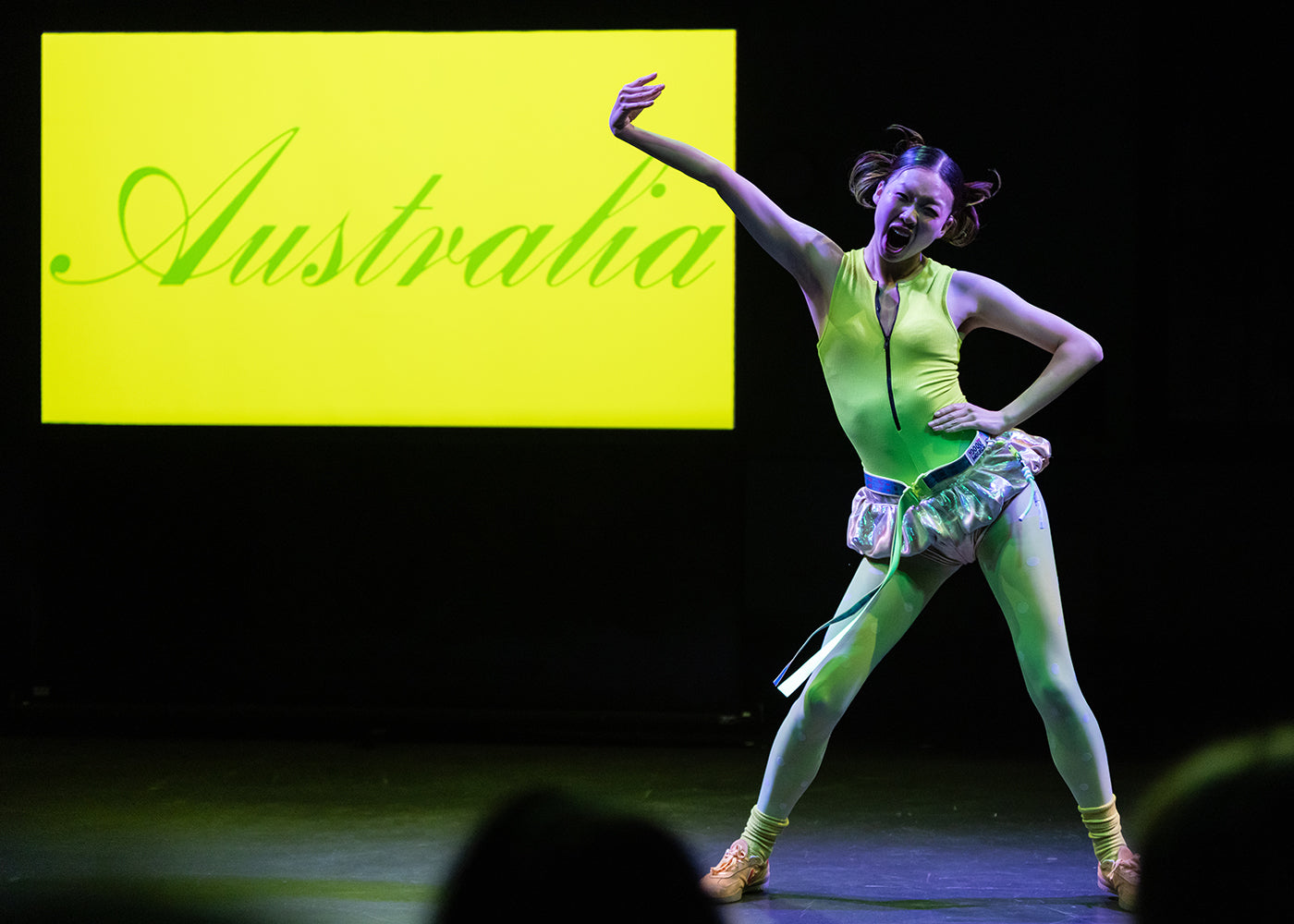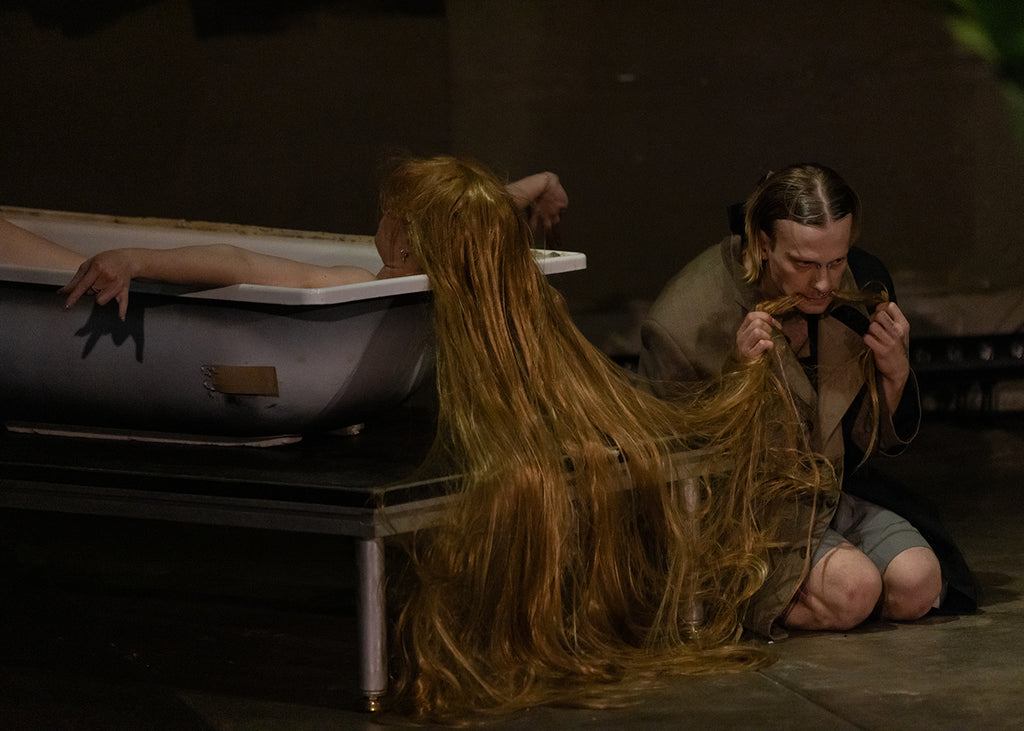Mishima’s Muse
Japan Society’s Yukio Mishima centennial series culminated with “Mishima’s Muse – Noh Theater,” which was actually three programs of traditional noh works that Japanese author Yukio Mishima adapted into modern plays.
Continue Reading
World-class review of ballet and dance.
Time to step on the moving staircase once more—“Escalator,” an evening showcasing new choreographic work curated by the Stephanie Lake Company, in association with the Abbotsford Convent, is back. Having debuted in 2023, it is time for a new group to appear on the circulating belt. Appearing in the 2025 rotation are new works by Alice Dixon, Marni Green, Robert Alejandro Tinning, Thomas Woodman, and Carmen Yih. With them they bring the promise of a burrow, solidarity, risk, reconfiguration, and a reference to Sarah Polley’s 2011 film, Take This Waltz, which, like all things, when shown in a different context, the invitation to interpret and spin it your own way, multiplies the possibilities: “You seem restless, in a kind of permanent way.” Indeed, a wonderful, often playful, restless impermanence seems to permeate the whole escalation, as images malfunction and limbs fold into unforgiving surfaces.
Performance
Place
Words


Japan Society’s Yukio Mishima centennial series culminated with “Mishima’s Muse – Noh Theater,” which was actually three programs of traditional noh works that Japanese author Yukio Mishima adapted into modern plays.
Continue ReadingThroughout the year, our critics attend hundreds of dance performances, whether onsite, outdoors, or on the proscenium stage, around the world.
Continue ReadingOn December 11th, the Alvin Ailey American Dance Theater presented two premieres and two dances that had premiered just a week prior.
Continue ReadingThe “Contrastes” evening is one of the Paris Opéra Ballet’s increasingly frequent ventures into non-classical choreographic territory.
Continue Reading
comments